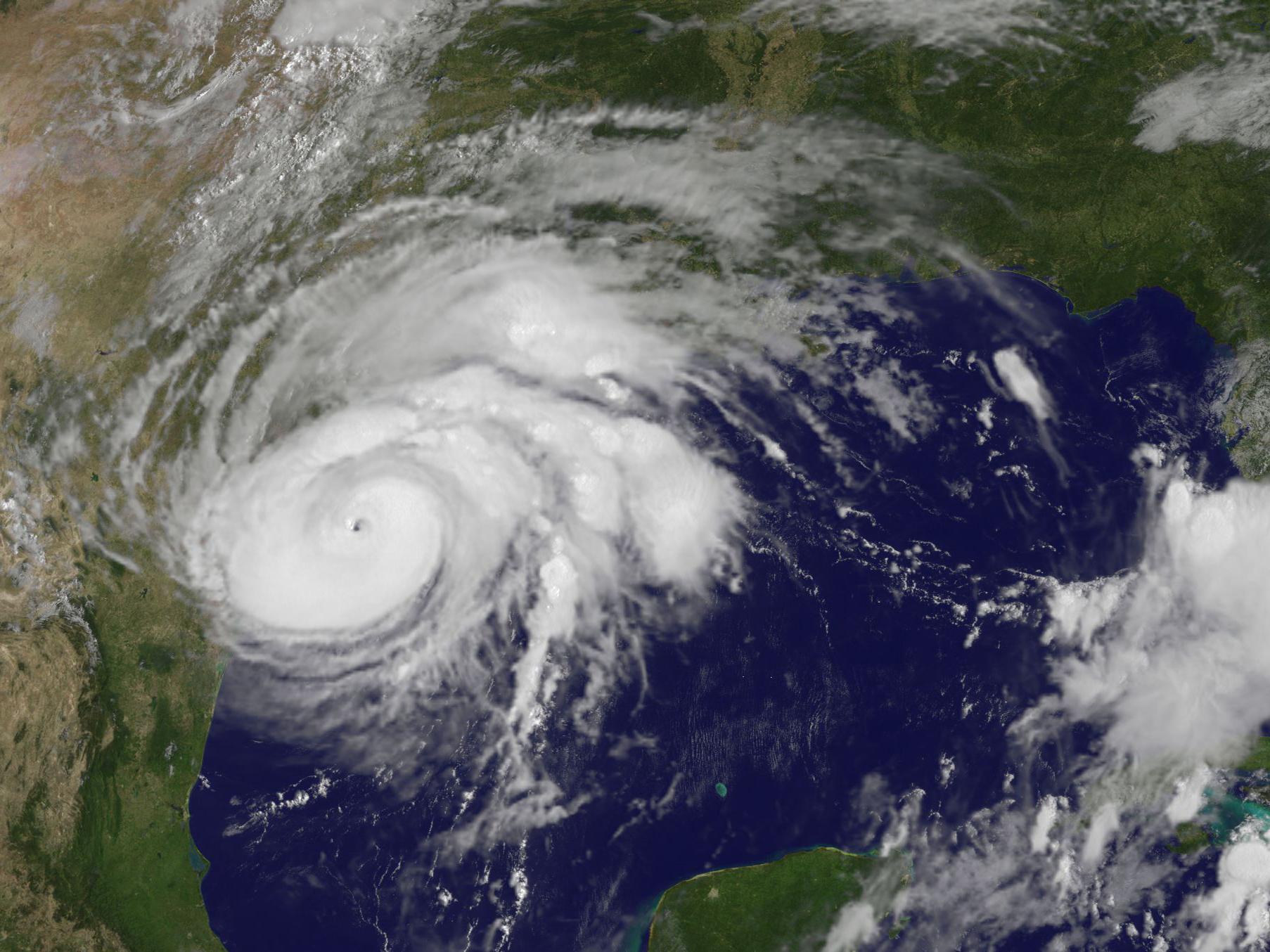What is a hurricane and how is one formed?
After the devastation of Harvey, Irma and Maria, what makes these tropical storms hurricanes?

The news during the summer of 2017 was dominated by the US and Caribbean islands being ravaged by numerous hurricanes.
Hurricane Harvey, which hit the US and the Caribbean in August, was the costliest hurricane on record.
It inflicted almost $200 billion (£148 billion) worth of damage, which is nearly double the amount after Hurricane Katrina devastated New Orleans in 2005.
Just a few weeks later, with peaks winds of 185mph, Hurricane Irma became one of the strongest Atlantic storms on record.
It caused catastrophic damage to a number of Caribbean islands and parts of Florida. Over 100 people died, including four on the British Virgin Islands.
There was further devastation in Puerto Rico following yet another Category 5 hurricane - Maria. Although the official death toll on the US territory was only 64, it is thought that it may actually be more than 1,000.
What is a hurricane?
Deadly tropical storms have covered our TV screens and filled our newspapers, but what is the actual definition of a hurricane?
The answer is actually rather simple. A hurricane is a tropical storm that forms over the North Atlantic Ocean or Northeast Pacific.
By contrast, cyclones are formed in the South Pacific and Indian Ocean and typhoons in the Northwest Pacific.
For a tropical storm to be deemed a hurricane, it must have sustained winds of 74mph or higher. Hurricanes are then given a category based on this maximum sustained wind of one to five - from weakest to strongest.
Hurricane season runs from June to the end of November. 2017 saw the highest number of major hurricanes for over a decade and the fifth-most active hurricane season since 1936.
The aftermath of Hurricane Harvey
Show all 19What about climate change?
2017 is set to be the third warmest year on record in the US, below only 2012 and 2016, according to UN climate experts, the World Meteorological Organisation (WMO).
Although it is hard to prove that climate change is making hurricanes more frequent, scientists say, it is likely that it exacerbates the impact of the storms with higher sea levels and greater rainfall.
This can be seen in the huge amount of rainfall that caused mass flooding in the aftermath of Hurricane Harvey. The category 4 storm left 33 trillion gallons of water on US soil, which is four times the amount left by Hurricane Katrina in 2005.
A further study into Hurricane Harvey concluded that the extreme rainfall was made three times more likely by global warming.
This article has been updated. It was originally published in December 2017.
Subscribe to Independent Premium to bookmark this article
Want to bookmark your favourite articles and stories to read or reference later? Start your Independent Premium subscription today.

Join our commenting forum
Join thought-provoking conversations, follow other Independent readers and see their replies